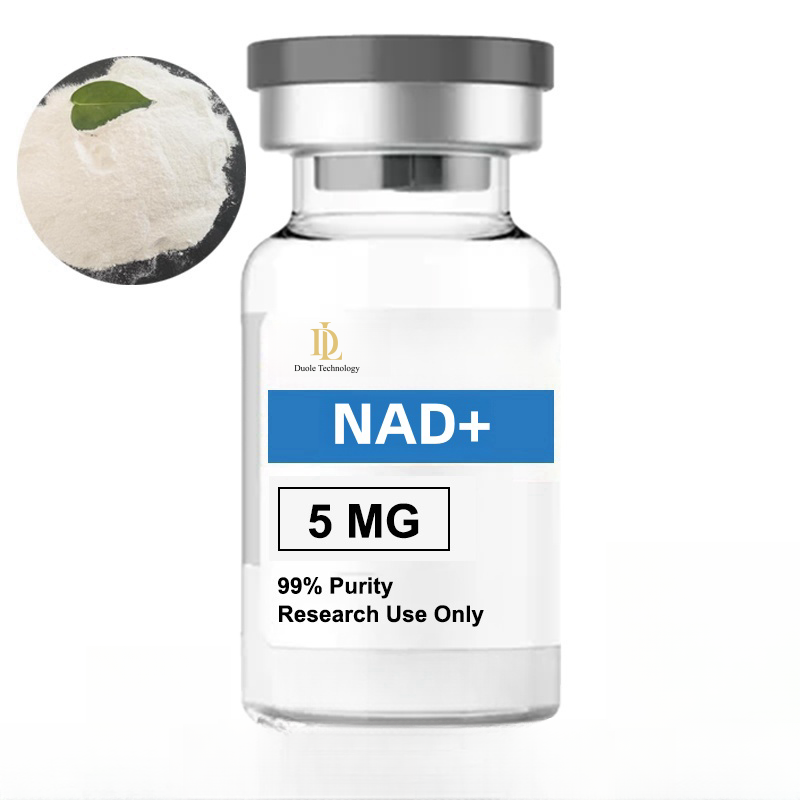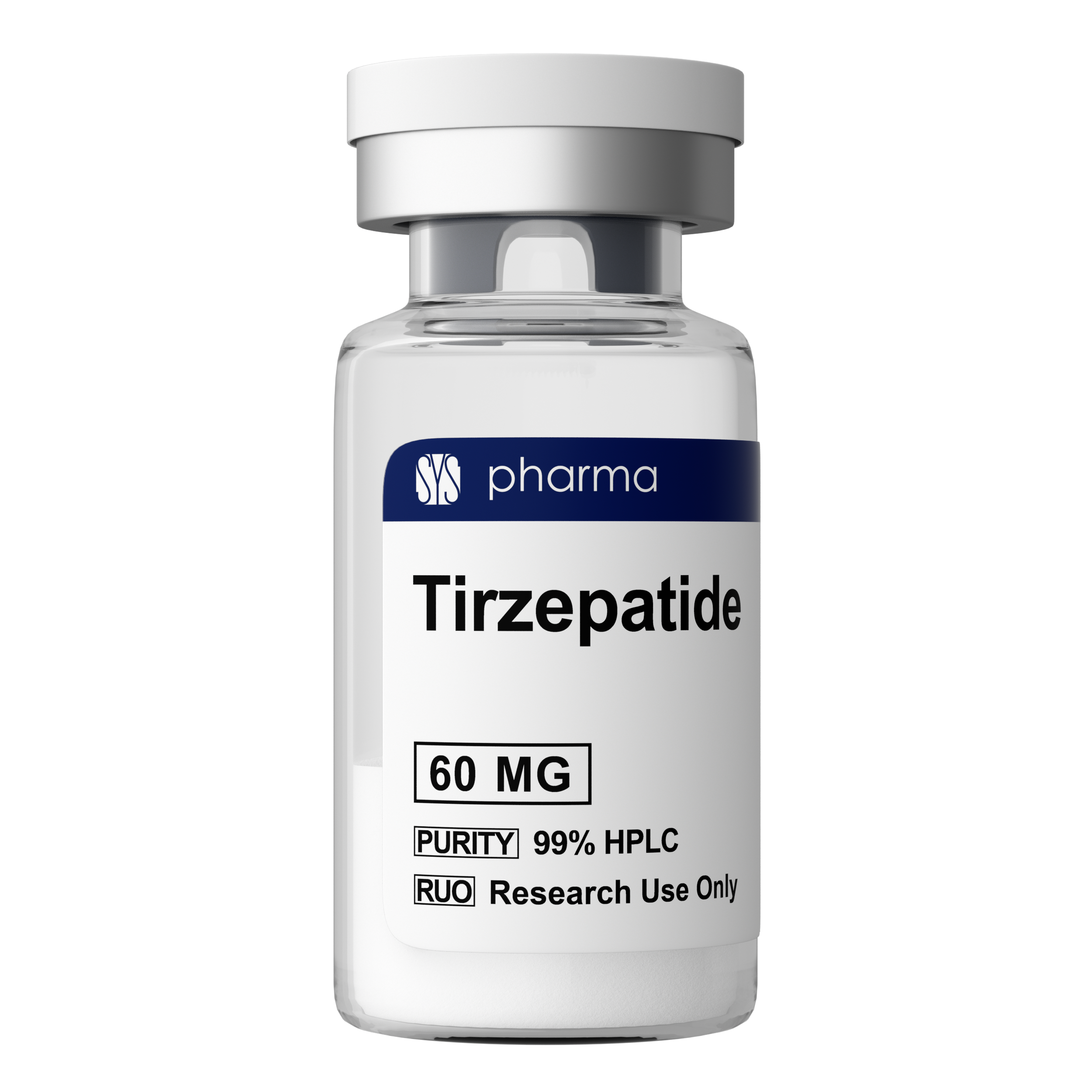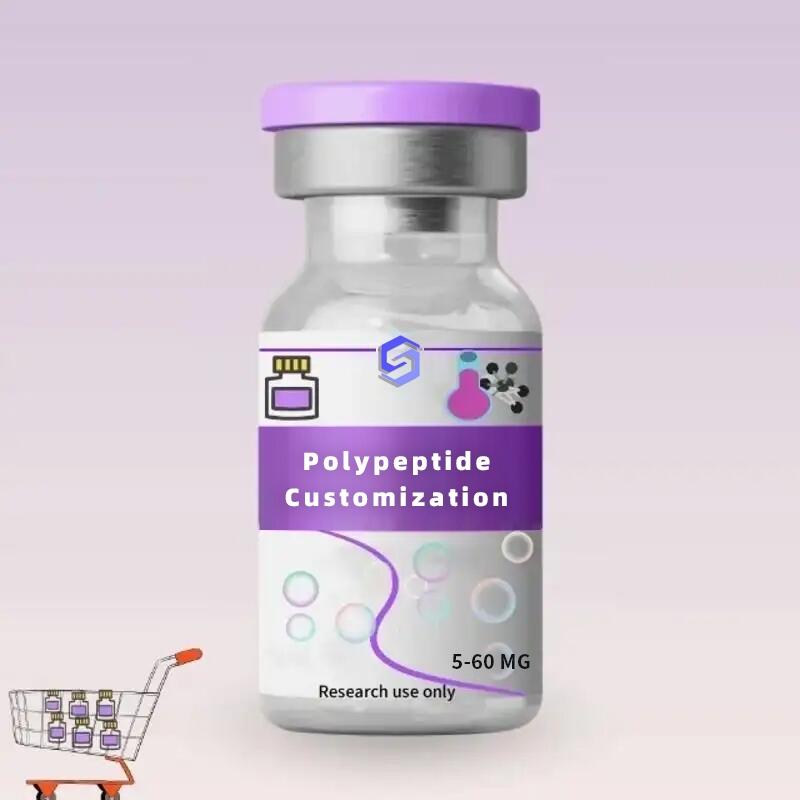-
Categories
-
Pharmaceutical Intermediates
-
Active Pharmaceutical Ingredients
-
Food Additives
- Industrial Coatings
- Agrochemicals
- Dyes and Pigments
- Surfactant
- Flavors and Fragrances
- Chemical Reagents
- Catalyst and Auxiliary
- Natural Products
- Inorganic Chemistry
-
Organic Chemistry
-
Biochemical Engineering
- Analytical Chemistry
-
Cosmetic Ingredient
- Water Treatment Chemical
-
Pharmaceutical Intermediates
Promotion
ECHEMI Mall
Wholesale
Weekly Price
Exhibition
News
-
Trade Service
Tert-Butylaminoethyl Methacrylate: Upstream and Downstream Products in the Chemical Industry
Tert-butylaminoethyl methacrylate (EBAM) is a monomer used in the production of various polymers and copolymers.
EBAM is an important building block in the chemical industry, and its demand is growing due to its extensive applications in various end-use industries.
In this article, we will discuss the upstream and downstream products of tert-butylaminoethyl methacrylate, the manufacturing process, and the applications of this important monomer.
Upstream Products of Tert-Butylaminoethyl Methacrylate
The upstream products of tert-butylaminoethyl methacrylate are primarily raw materials required for the manufacture of this monomer.
Some of the key upstream products include:
- Methacrylic acid: Methacrylic acid is a carboxylic acid used in the production of EBAM.
It is synthesized by the oxidation of methanol or the esterification of acrylic acid with sodium hydroxide. - Aminoethyl methacrylate: Aminoethyl methacrylate is another key upstream product used in the production of EBAM.
It is synthesized by the reaction of methacrylic acid with ethyl amine in the presence of a Lewis acid catalyst. - Tertiary butyl hydroperoxide: Tertiary butyl hydroperoxide is a reactive organic compound used in the manufacture of EBAM.
It is synthesized by the oxidation of tertiary butyl alcohol with hydrogen peroxide in the presence of a transition metal catalyst.
Downstream Products of Tert-Butylaminoethyl Methacrylate
The downstream products of tert-butylaminoethyl methacrylate are the end-use products that are manufactured using this monomer.
Some of the key downstream products include:
- Poly(tert-butylaminoethyl methacrylate): Poly(tert-butylaminoethyl methacrylate) is a polymer that is synthesized by the polymerization of EBAM.
It is used in various applications such as adhesives, coatings, and lubricants. - Copolymers: EBAM can be copolymerized with other monomers such as styrene, butadiene, and acrylic acid to produce copolymers that are used in various applications such as plastics, adhesives, and coatings.
- Aminoethyl methacrylate polymers: Aminoethyl methacrylate polymers are also manufactured using EBAM.
They are used in various applications such as coatings, adhesives, and surface coatings.
Manufacturing Process of Tert-Butylaminoethyl Methacrylate
The manufacturing process of tert-butylaminoethyl methacrylate involves several steps, including the synthesis of the raw materials and the polymerization of the monomer.
The manufacturing process can be summarized as follows:
- Synthesis of Methacrylic Acid: Methacrylic acid is synthesized by the oxidation of methanol or the esterification of acrylic acid with sodium hydroxide.
- Synthesis of Aminoethyl Methacrylate: Aminoethyl methacrylate is synthesized by the reaction of methacrylic acid with ethyl amine in the presence of a Lewis acid catalyst.
- Synthesis of Tertiary Butyl Hydroperoxide: Tertiary butyl hydroperoxide is synthesized by the oxidation of tertiary butyl alcohol with hydrogen peroxide in the presence of a transition metal catalyst.
- Polymerization of EBAM: EBAM is polymerized using a variety of polymerization techniques such as solution polymerization, bulk polymerization, or emulsion







